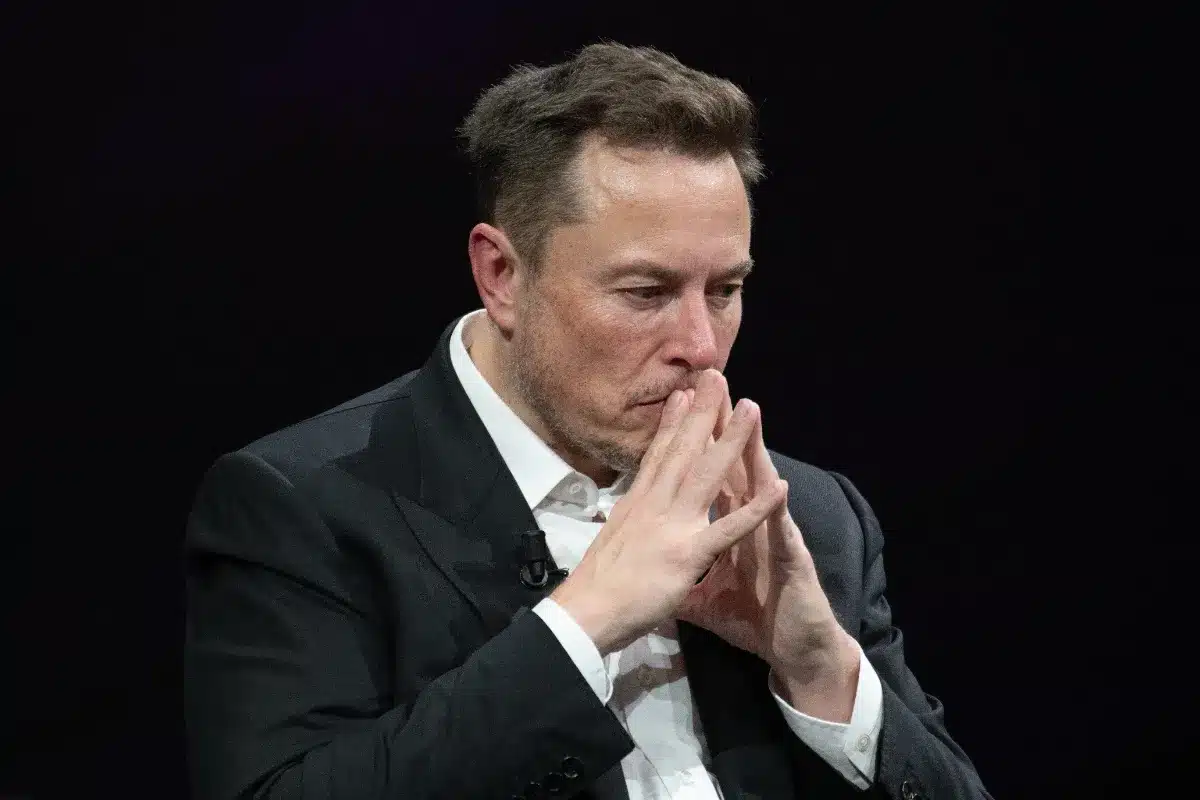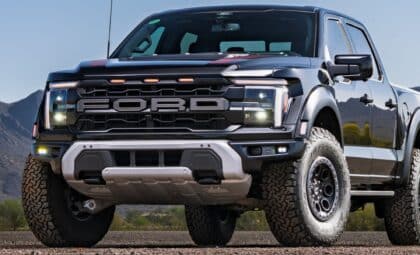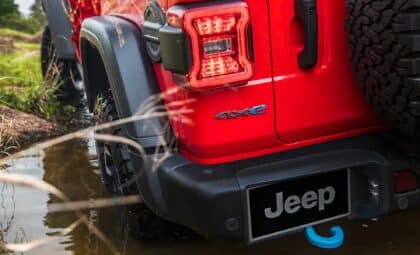Tesla, known for its electric cars, is setting its sights on a whole new game. The company is now pushing itself as a leader in artificial intelligence (AI) and robotics, shifting gears from its classic automotive roots. This change isn’t only about pushing boundaries—it’s really about keeping pace in a fast-moving tech world (think of it as staying one step ahead). As Tesla dives into these new areas, it’s hard not to wonder what this means for the future of both cars and tech, as well as for everyday buyers and rival companies.
Moving into AI and robotics
Tesla’s leap into AI and robotics is backed up by big projects like the humanoid robot Optimus, the Dojo supercomputer, and the Full Self-Driving software. These projects paint a picture of Tesla bringing high-tech elements into our everyday lives. Today’s car is slowly turning into a launchpad for smart tech rather than being just the star of the show. This change echoes Elon Musk’s broader dream of blending transport with intelligent systems, marking Tesla’s foray into the energy sector.
That said, this move hasn’t been without bumps in the road. With heavy investments in these cutting-edge areas, Tesla has ended up delaying or even pausing some car projects, including the talked-about $25,000 “Model 2”. Aside from the niche Cybertruck, there hasn’t been a major new mass-market model since the Model Y. This slowdown in rolling out new cars might let competitors from China and Korea (who are moving fast with budget-friendly electric vehicles) steal a march if Tesla doesn’t balance its auto game with its AI progress.
Betting on xAI
Amid the reshuffle, Tesla is also eyeing an investment in xAI, an AI startup started by Elon Musk himself. This potential investment will go to a shareholder vote, which shows Musk’s push for keeping shareholders in the loop on big moves. Musk even took to his social media platform, X, saying, “It does not depend on me. If I had the possibility, Tesla would have already invested in xAI for a long time.” (This remark hints at his strong personal backing for the move.)
At the same time, SpaceX—another one of Musk’s ventures—is planning to put $2 billion into xAI as part of a larger $5 billion funding round. This plan still needs the thumbs-up from SpaceX’s board and shareholders, underlining how Musk’s projects are all intertwined as they try to boost AI tech.
xAI’s goals and hurdles
Launched in July 2023, xAI is aiming high by planning what it hopes will be the “largest supercomputer in the world.” The startup is already working on a huge data center in Memphis, Tennessee and is planning to secure more land for a second site. Despite these big ambitions, xAI is facing some hefty financial challenges, burning through about $1 billion per month while expenses currently outweigh its earnings.
Elon Musk is on the hunt for fresh funds that could see xAI valued between $170 billion and $200 billion. This bold valuation puts xAI in the same conversation as major players like OpenAI (the brains behind ChatGPT), Anthropic (the team behind Claude), and Google’s Gemini project. Even with these financial hurdles, xAI is determined to stake its claim in the competitive world of artificial intelligence.
The news about Tesla’s bold shift toward AI and robotics isn’t just about a company changing its tune—it’s part of a broader trend where high-tech ideas are blending with traditional fields like car manufacturing. For buyers and investors, keeping an eye on these changes will be key as our world gets smarter and more tech-driven with each passing day.
Watching this all unfold, it’s interesting to think about how weaving AI into our daily routine might influence future innovations across different industries—and whether other companies will jump on board or find their own unique path in this tech whirlwind.









